1. What is the so-called pitting? ? ?
How much do you know?
Why do you have to make pitting?
What are the benefits of pitting?
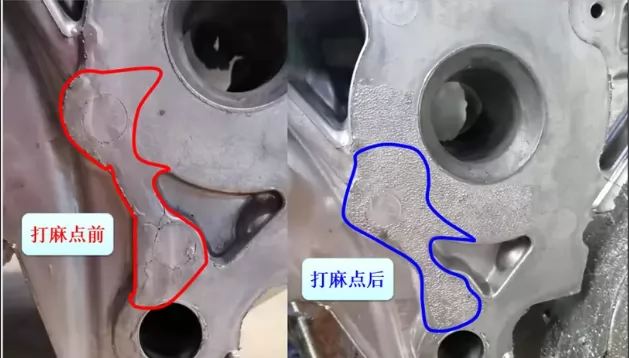
(Left picture) (Right picture)
Product photo of cylinder block mold before pitting
Product photo of cylinder block mold after pitting
In the picture on the left, there are obvious crack marks on the product. The cracks on the surface of the mold are easy to retain moisture after spraying, which leads to multiple pores in the product. Long-term production cracks will intensify and extend. In severe cases, the mold will float and the product will become black after processing. Residual, so by pitting the mold, the thermal stress of the mold can be removed and the crack extension of the mold can be suppressed. (Mainly implement pitting treatment for the processed surface of the product)
The pitting repair can prevent the product's fleshy cracks from extending beforehand.
If the new mold can be incorporated in the early stage of production, it can greatly increase the productivity and the service life of the mold.
As shown in the example below
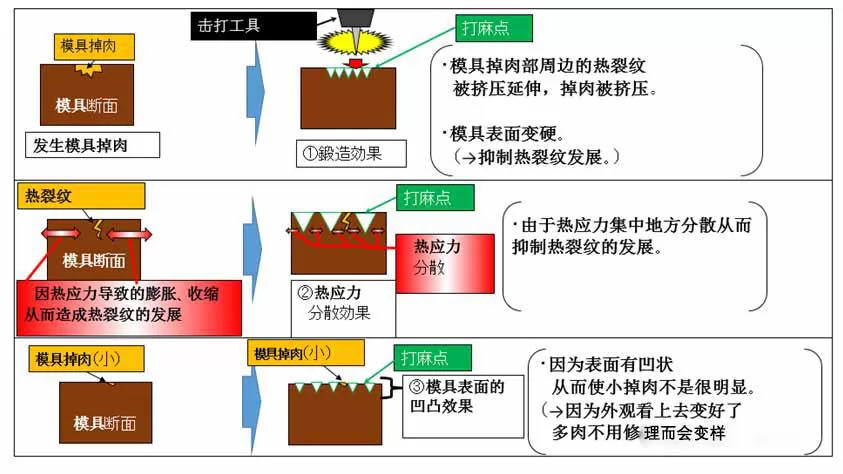
1.1 The fluidity of aluminum broth can also be improved by pitting the mold.
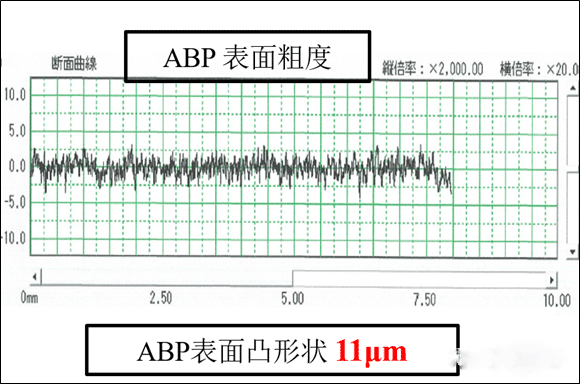
As shown in the figure above, the surface roughness after ABP shot blasting is 11um

As shown in the figure above: when the contact area between the aluminum broth and the mold is large, the heat is easily taken away by the mold surface.
After the pitting treatment: the pitting can isolate the heat transfer, so that the contact area between the aluminum soup and the mold is reduced, the heat of the aluminum soup will not be taken away by the cooling temperature of the mold, and the fluidity of the aluminum soup is enhanced.
As shown in the figure below: a clear demonstration of the role of uneven surface and smooth surface.
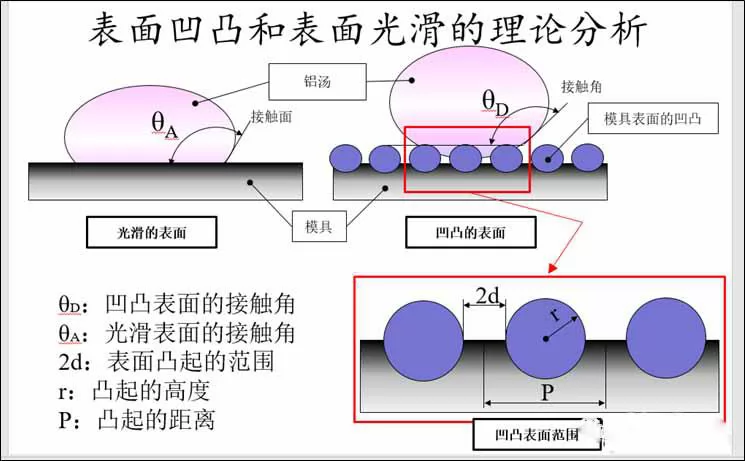
2. In view of the fact that the pitting process is an immediate response method, for a more standardized implementation, the current dermatoglyph treatment will solve this problem more effectively.
3. The skin texture treatment is mostly used in plastic molds. The application of die-casting molds has not been widely used. The relatively high-demand die-casting parts will also undergo partial texture treatment, mainly for appearance requirements.
In the early stage of dermatoglyph processing, samples should be made first to determine the depth, pattern, and angle of the dermatoglyph.
The following is an illustration of the dermatoglyph:
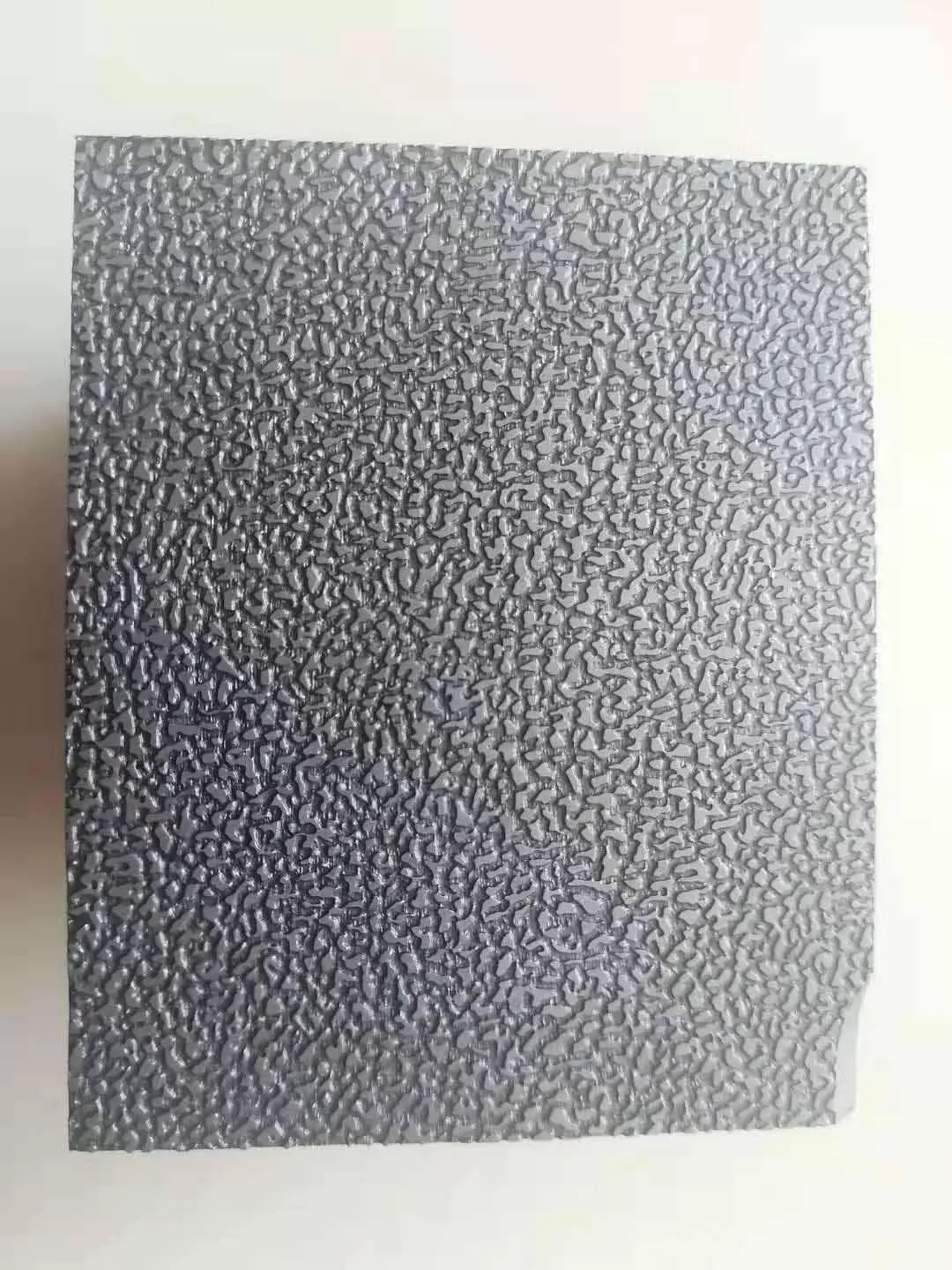
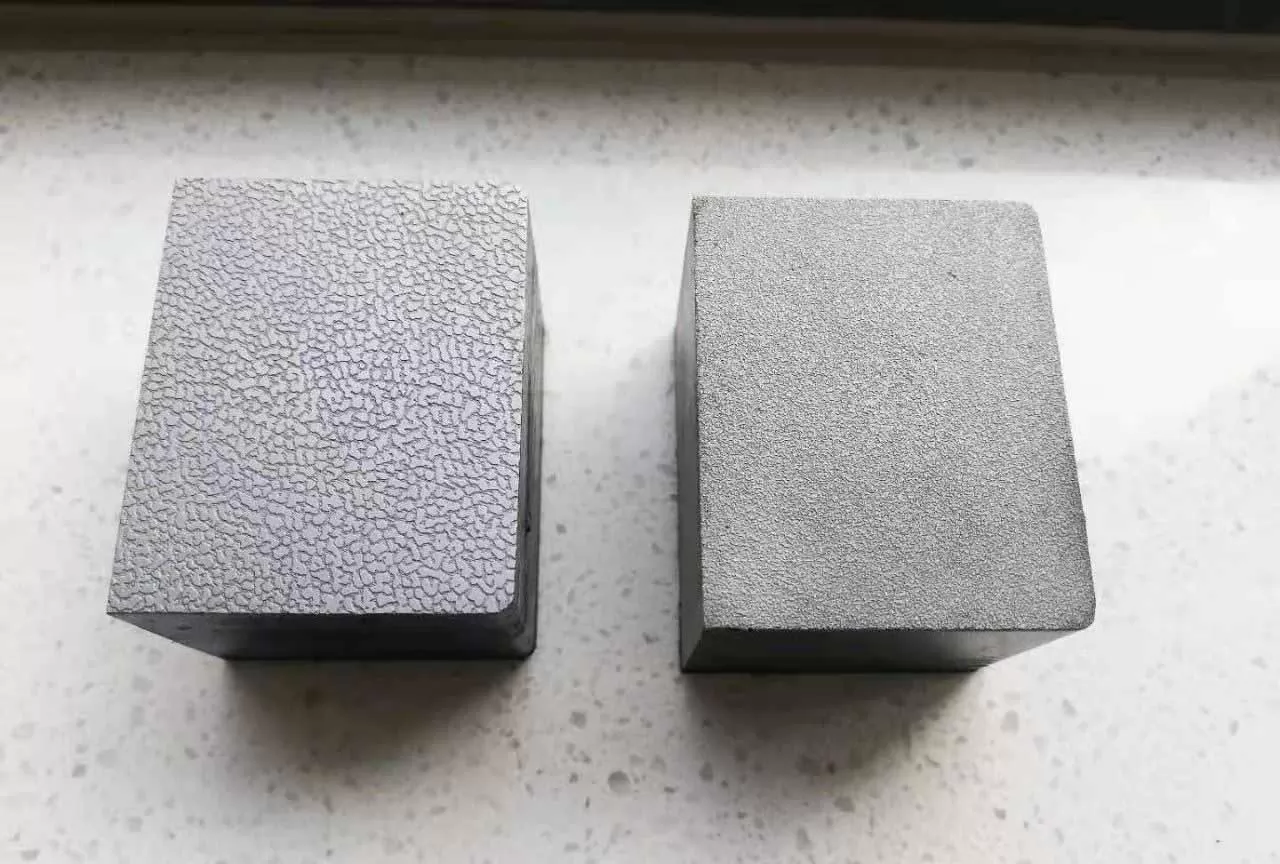
The shape of the prepared sample block can be confirmed using resin.
The state of the skin texture on the die-cast product (see the photo below)
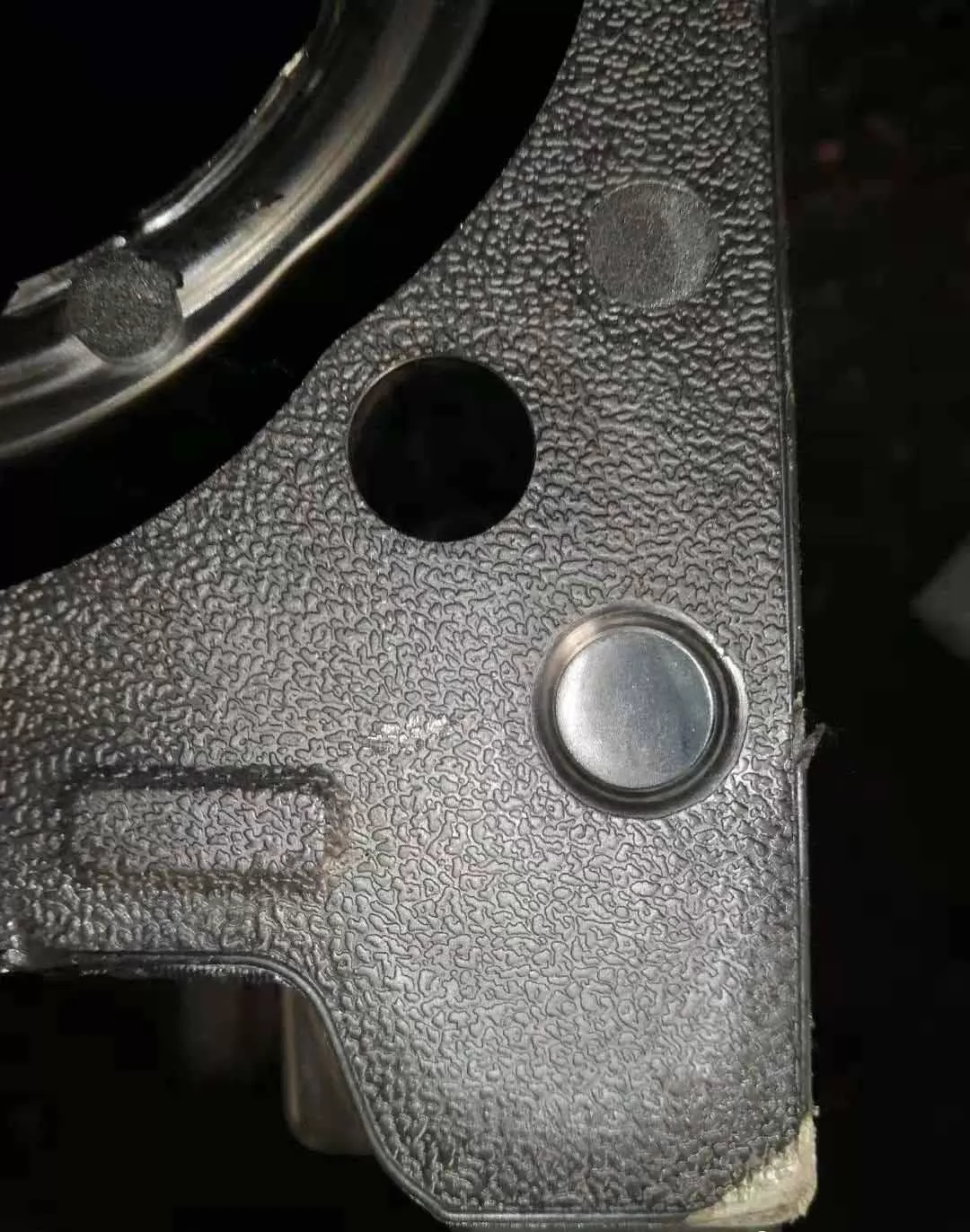
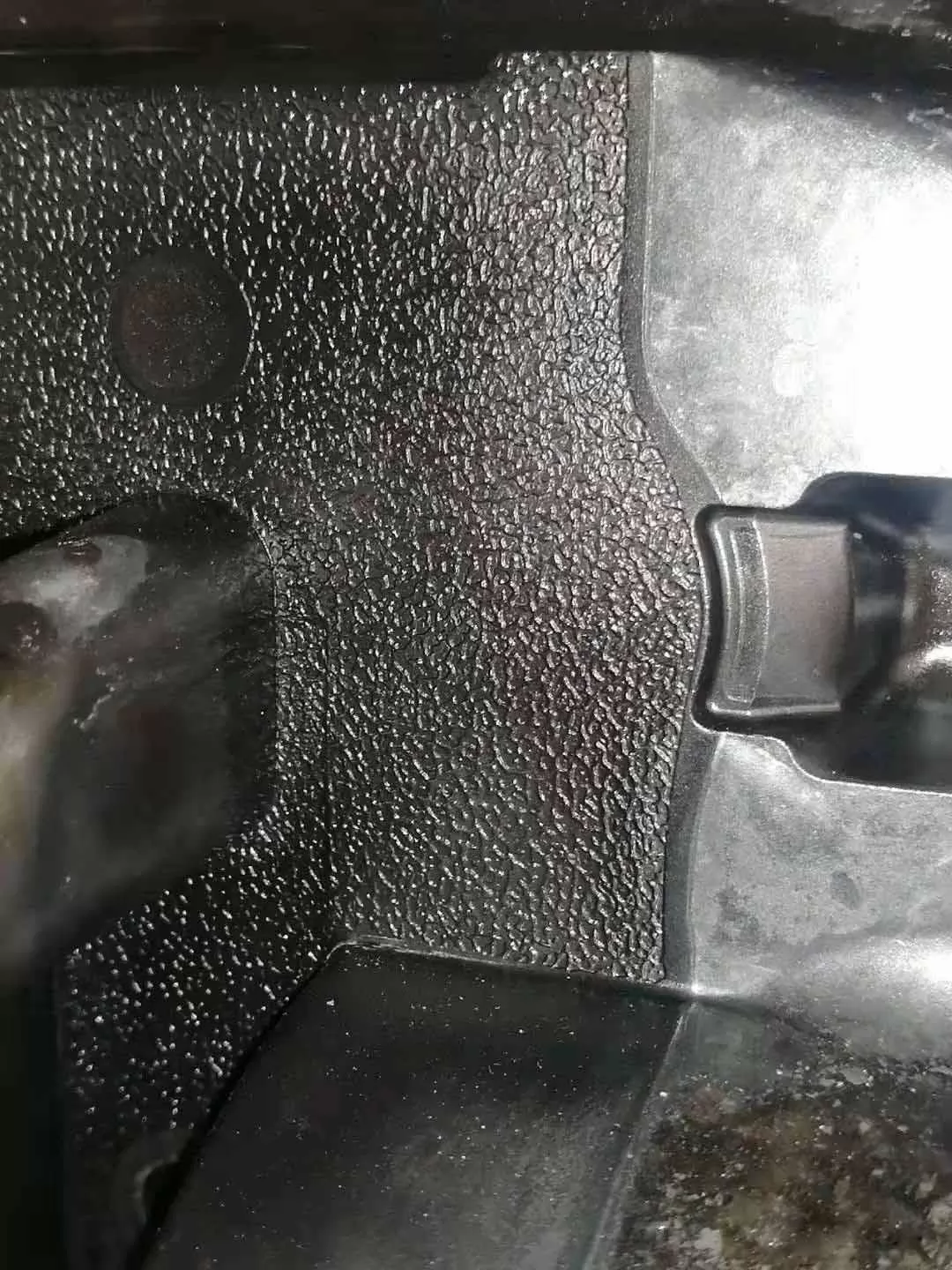
At present, the skin texture treatment is only applied to the processing surface of the corresponding product. The current excessive shot peening treatment of die castings is actually an excessive waste, that is, it has a periodic impact on the production and also has a certain impact on the performance and appearance of the product ( The products after shot peening are very prone to corrosion and mold). With the widespread use of dermatoglyphs, I believe that more dermatoglyphic surfaces will be seen in the later die-casting products. Therefore, the evolutionary standard for pitting is the dermatoglyph treatment. Upgrading each process is the technology of die-casting details. With the continuous increase of die-casting enterprises, the technical level has appeared in the same layer, so the subsequent die-casting technology is more of the detail technology.






.png)


.png) +86-574-83036520
+86-574-83036520 +86-574-83008051
+86-574-83008051 sales@innovaw.com
sales@innovaw.com

.png)

.png)
.png)
.png)

.png)
.png)
.png)










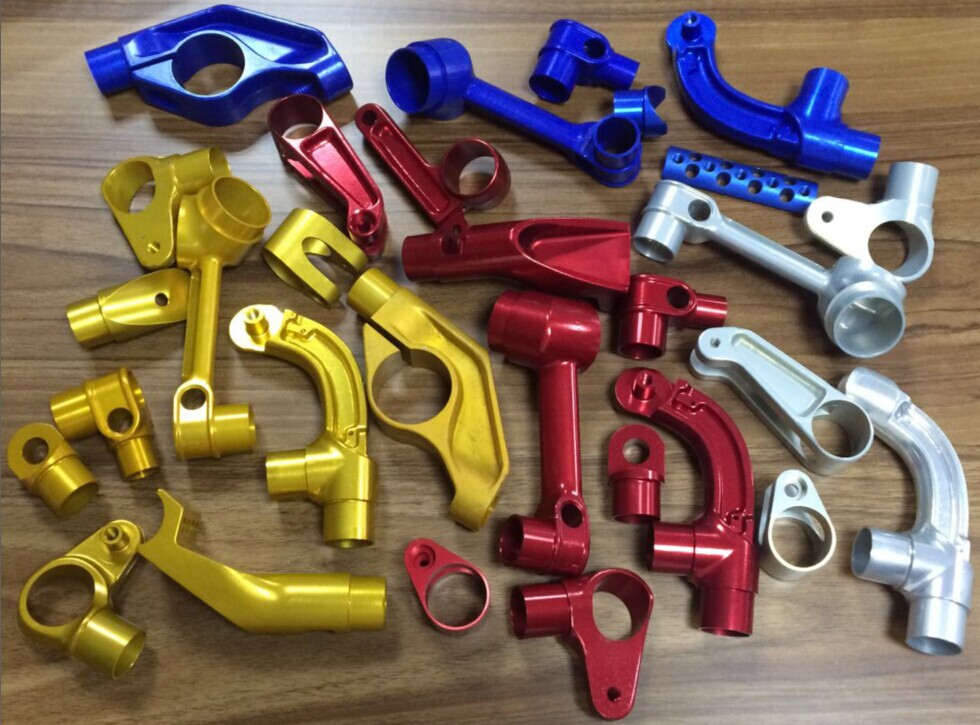
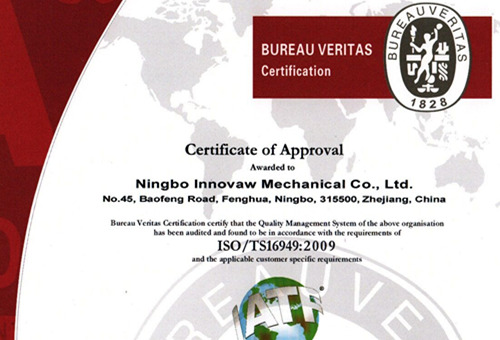





.png)
